WL Weller Whiskey is an amazing name. Renowned for its taste, wheated crush bill, and evident value, it has become the same among bourbon drinkers and gatherers. This clear assistant looks after you, assuming you want more about WL Weller Bourbon and its evaluation in the US.
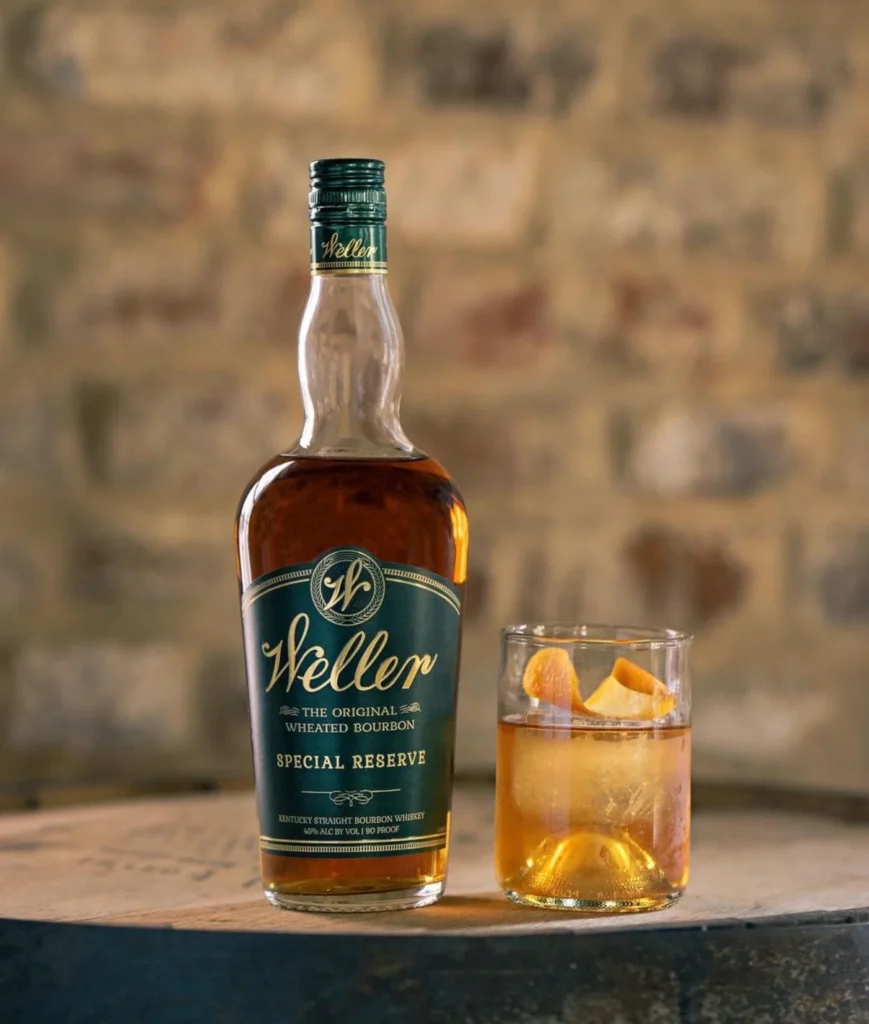
What is special about WL Weller Whiskey?
W.L. Weller distinguishes himself by the choice of wheat instead of the more often used rye as the secondary grain in his mash bill; the other major grain is maize. This results in a sweeter, more mellow taste character for the whiskey than for bourbons using rye. Many call this approach the “wheated Bourbon” style.
Relationship to Pappy Van Winkle: W.L. Weller and Pappy Van Winkle have a noteworthy background. Having the same mash bill, the Buffalo Trace Distillery formerly the Stitzel-Weller Distillery makes both bourbons. Actually, W.L. Weller is sometimes viewed as a more fairly priced replacement for Pappy Van Winkle, which is thought to be rather rare and expensive.
Read more: Blanton’s Bourbon Whiskey
Especially the limited-edition versions
- W.L. Weller 12-Year-Old and W.L. Weller Full Proof, W.L. Weller has become one of the most sought-after and collectable bourbon brands over years. Its smooth, rich taste and reasonably reasonable price relative to other high-end whiskeys have won a devoted following.
- W.L. Weller is renowned for his balance and silky taste. With a great sweetness derived from the wheat, it presents aromas of caramel, vanilla, honey, and wood. Both Bourbon newbies and experts alike love it since the taste is usually more friendly and less strong than that of classic Bourbons.
- William Larue Weller, a trailblazer in the whiskey business who was among the first to employ wheat in bourbon manufacture in the 19th century, is honored in the brand name. Passed down over the years, this invention became the trademark for the brand.
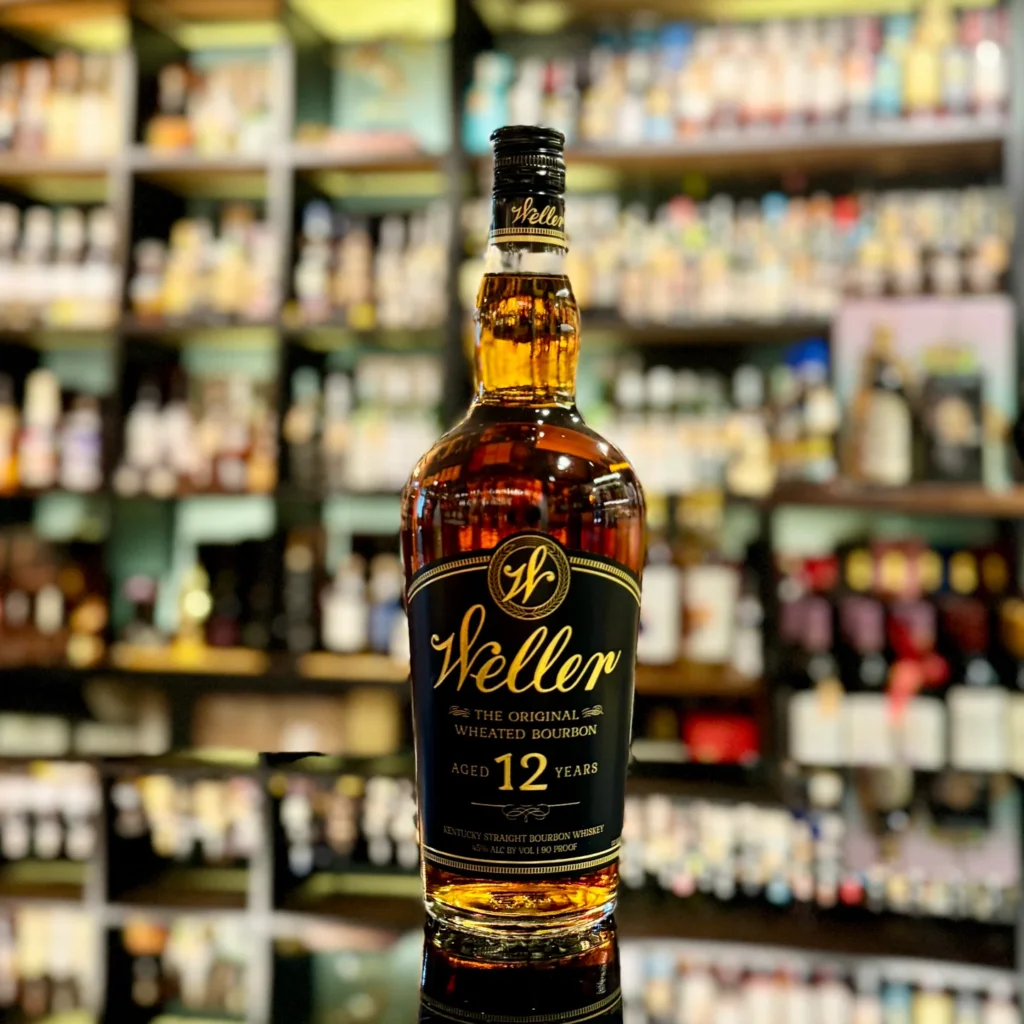
Which distinguishes WL Weller?
Often referred to as the “first wheated whiskey,” WL Weller substitutes wheat for rye in his squash bill. This produces a better, more seamless taste sensation than standard whiskeys. Delivered by the Bison Follow Refinery, WL Weller is well-known for intricacy and quality.
Some of the reasons for its popularity consist of:
- WL Weller is named for William Larue Weller, a whiskey business trailblazer.
- One of a kind Squash Bill: Using wheat produces a delicate, straightforward-to-drink whiskey fit for the two novices and experts.
- WL Weller’s limited creation and appeal make it a sought-after brand.
- Association with Pappy Van Winkle: WL Weller’s appeal has been driven by the common wheated squash bill with the renowned Pappy Van Winkle whiskes.
Common WL Weller Variants
WL Weller presents numerous forms with special qualities. The most often occurring ones are these:
- Known as the “green label,” WL Weller Special Reserve is a great starting point for learning about the company. It is entry-level Bourbon.
- WL Weller Antique 107: Having a stronger proof (107), this Bourbon presents strong tastes and a strong finish.
- Often likened to more expensive bourbons like Pappy Van Winkle, WL Weller 12 Year is a smooth and rich variation aged for 12 years.
- WL Weller Full Proof: This expression has strong tastes and complexity bottled at barrel proof.
- WL Weller, C.Y.P.B. (Craft Your Perfect Bourbon) Created in response to fan comments, this limited edition emphasizes a well-chosen taste sensation.
- WL Weller Single Barrel: A distinctive product from single barrels that renders every bottle very different.
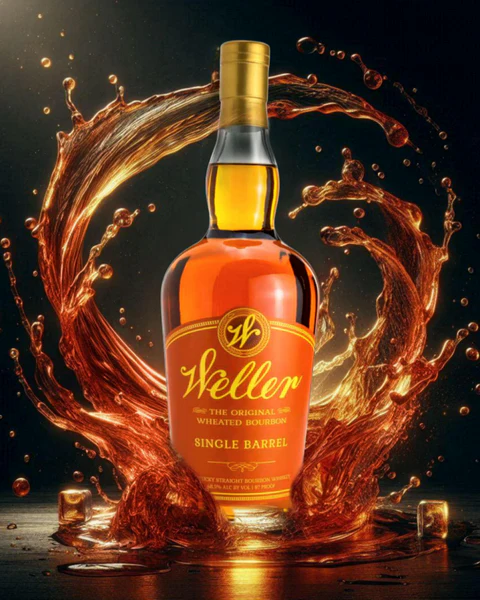
Table of WL Weller Whiskey Prices Across the Nation
WL Weller Whiskey price depends on the variant and region. Here is a table that shows the average prices in the USA:
| Expression | Price Range (USD) |
|---|---|
| Special Reserve | $58.95 – $79.99 |
| Antique 107 | $149.99 – $169.99 |
| 12 Year Old | $589.99-$649.99 |
| Full Proof | $249.99 – $449.00 |
| Single Barrel | $589.99 – $649.99 |
| William Larue Weller | $1,499 – $2,999 |
WL Weller Whiskey Price Report for the US
The variant, availability, and demand determine WL Weller’s pricing in somewhat different ways. As of 2024, its retail (MSRP) and secondary market pricing split out generally as follows:
- WL Weller Reservation Speciality
- MSRP: $29.99-$49.99
- The secondary market runs from $100 to $150.
- WL Weller Antiques 107
- MSRP: 49.99 – 69.99
- The secondary market runs from $200 to $300.
- WL Weller for 12 Years
- MSRP: 39.99 – 59.99
- The secondary market runs from $300 to $500.
- WL Full Proof Weller
- MSRP: $49.99-$79.99
- Second market: $250 to $400
- W L Weller C. Y. P. B.
- MSRP: $49.99 to $59.99.
- Secondary Market: 500 to 1000 dollars.
- WL Weller single barrel
- MSRP: 49.99 – 99.99
- Secondary Market: $600–$1,200.
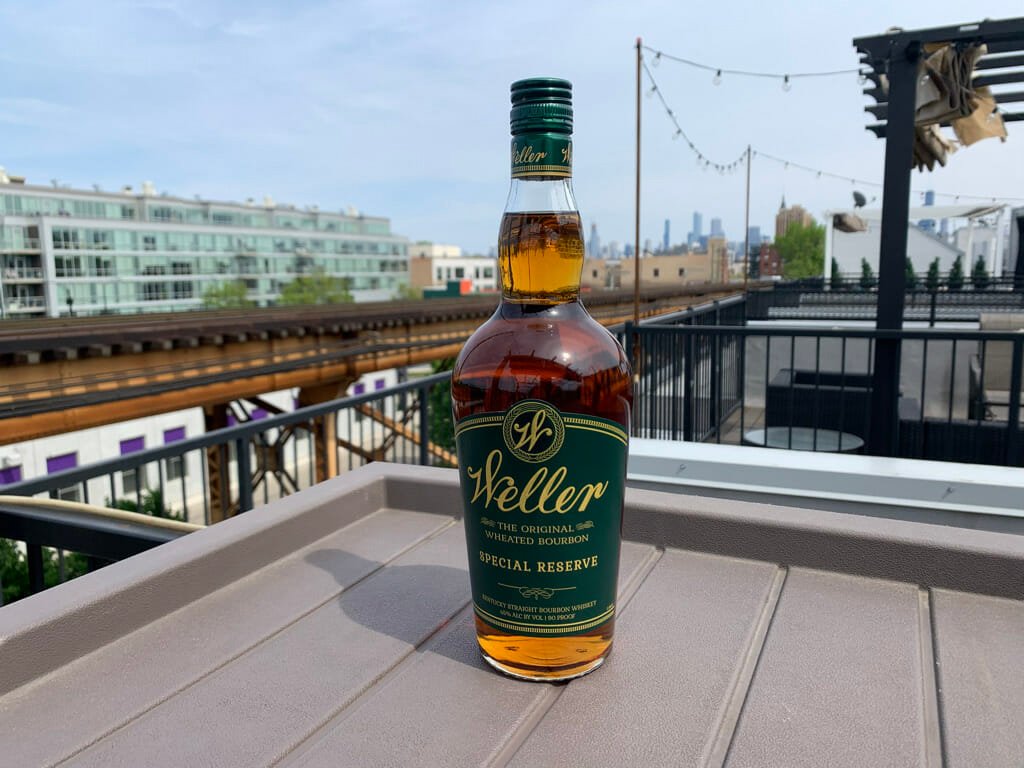
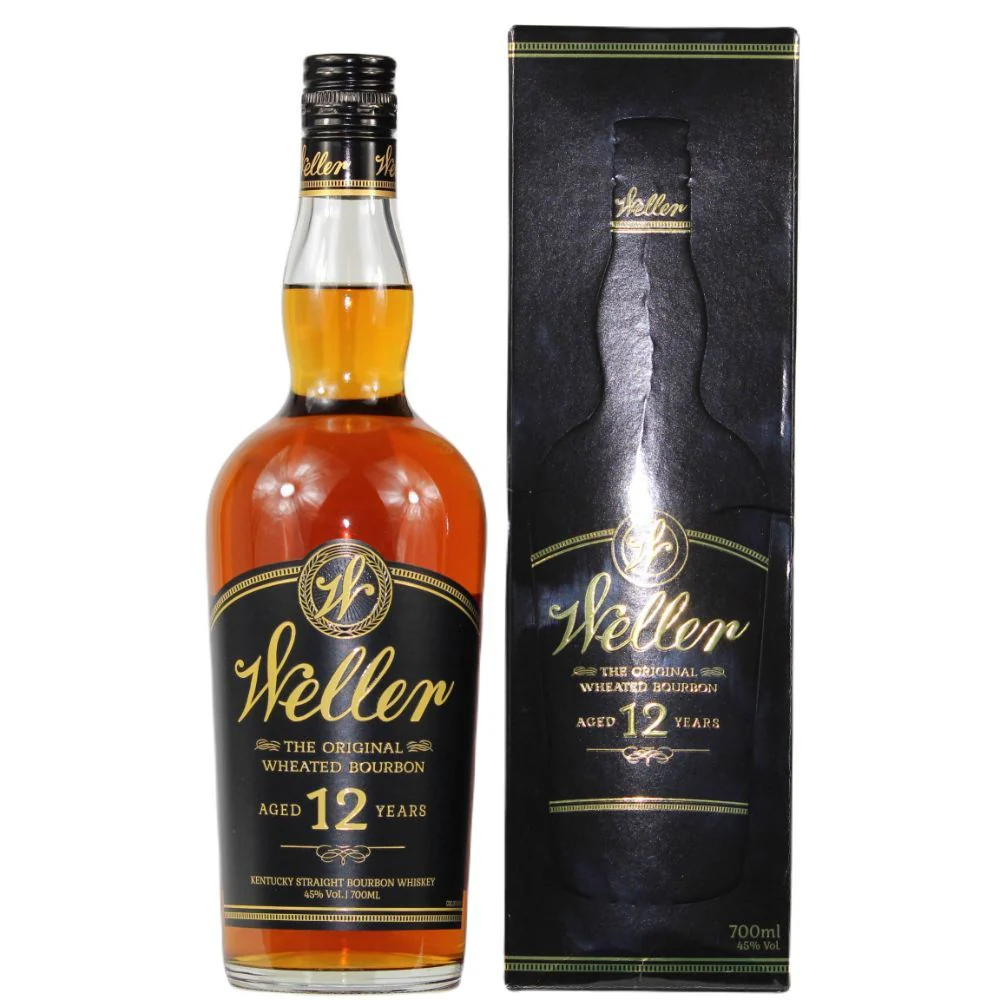
Factors Affecting WL Weller Prices
WL Weller is not sold everywhere; allocations differ by state.
- Whiskey aficioners and collectors raise secondary market rates.
- Brand Prestige: Buffalo Trace and Pappy Van Winkle’s relationship lends even more attraction.
- Because WL Weller is so popular, several retailers charge more over MSRP.
- Advice for Locating WL Weller at MSRP
- Smaller Liquor Outlets: WL Weller may be present at or close to MSRP at smaller outlets.
- Join a Bourbon group. Local and internet whiskey aficioners sometimes provide advice on where to look for WL Weller.
- Visit States with Lower Demand: Regional prices will vary; some states have better availability.
- Sign Up for Lotteries: Many stores run limited edition lotteries.
FAQs
1. Why is W.L. Weller whiskey sold for the current price?
Elements including scarcity, demand, local taxes, retailer mark-ups, and the specific expression (e.g., Special Reserve, 12 Year, Antique 107) help to define W.L. Weller whiskey’s pricing in some measure. William Larue Weller and other highly sought-after, limited edition bottles often command far more money.
2. Why does Weller’s whiskey cost so much?
W.L. Weller is wheated bourbon of exceptional taste and quality. The enormous demand from collectors and enthusiasts as well as some expressions’ rarity help to drive prices up. Trading second markets drives the higher price for rarer bottles as well.